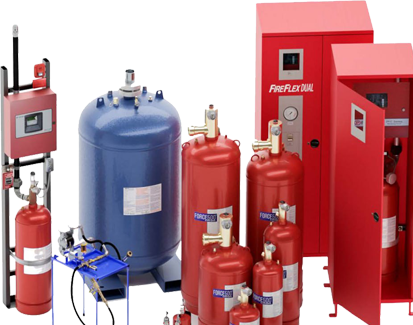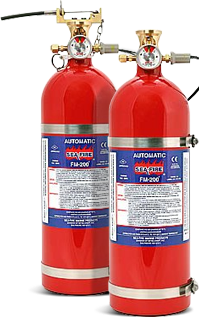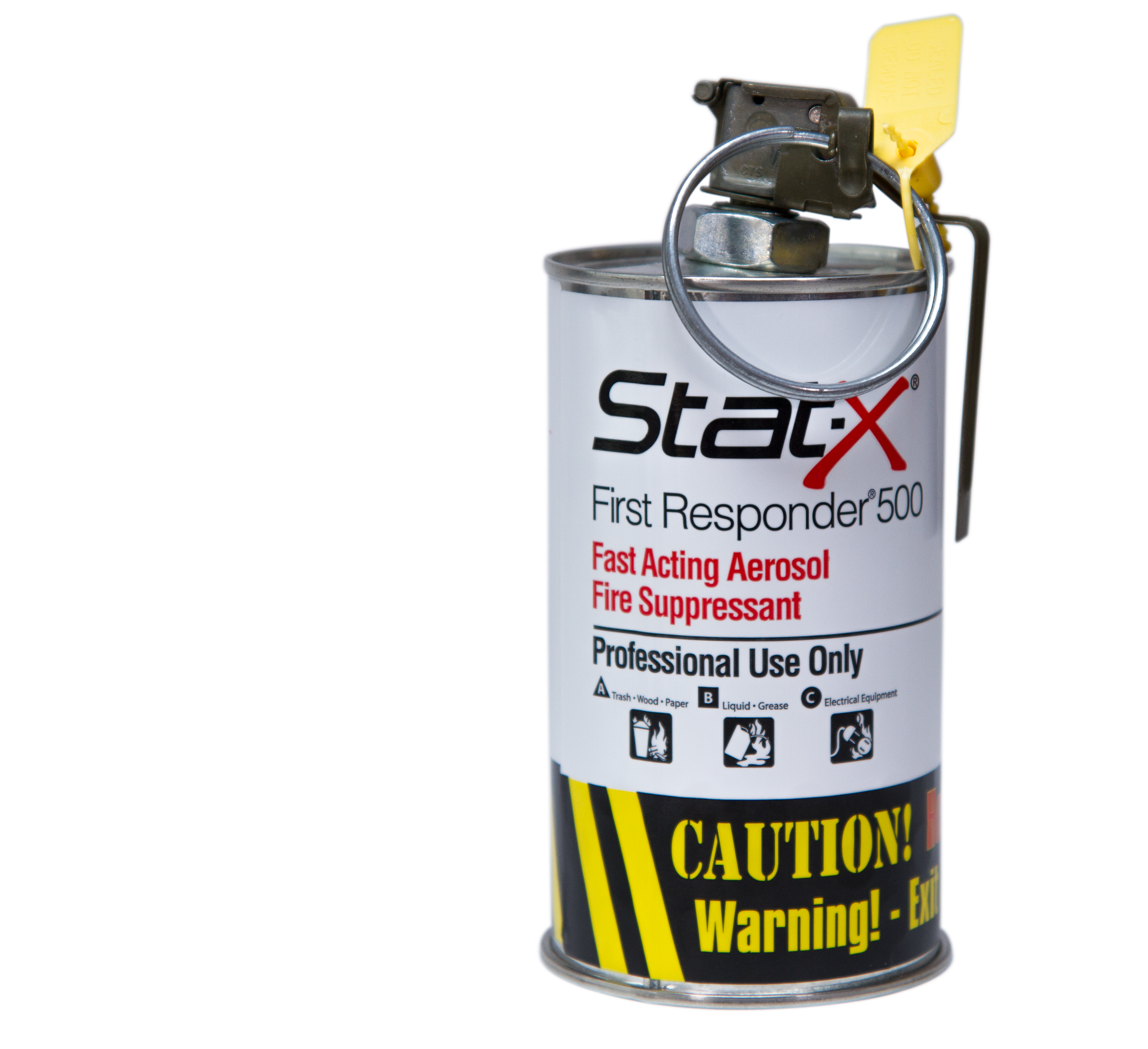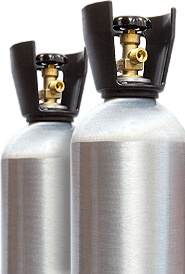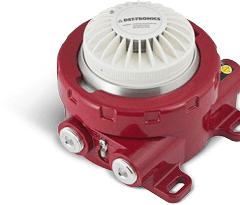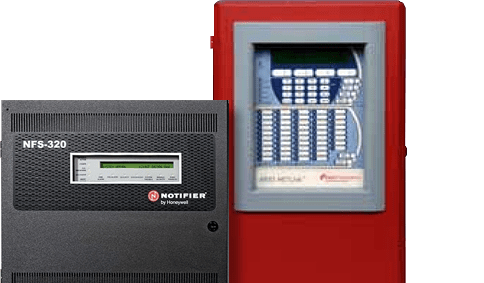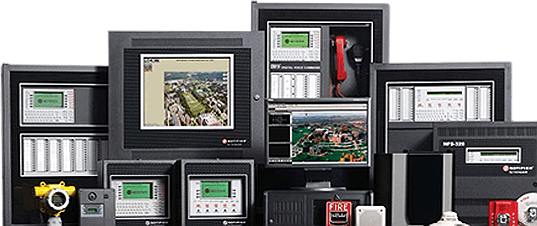Fire Suppression for Lithium-Ion Battery Storage Systems (BESS): Best Practices 2025
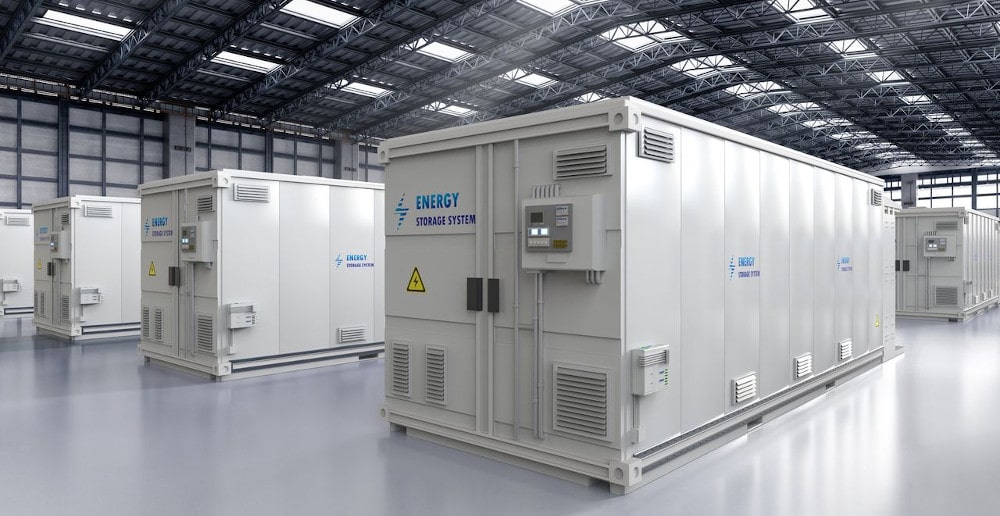
LIthium-ion batteries and an increasingly popular power source in our modern world. Unfortunately, even with all the fire risks associated with Battery Energy Storage Systems, many municipal fire departments remain behind the times when it comes to fighting this class of fire. Having an integrated suppression system specifically set up to deal with the lithium-ion batteries in your facility may be your only chance to get a leg up on a battery fire before it gets out of control.
Introduction to BESS Fire Risks and Protection Needs
Battery Energy Storage Systems (BESS) are a hot topic in 2025 for a good reason; much of the modern world wouldn't work without them. With renewable energy being an equally recurring theme, and the needs of data centers as well as large commercial facilities, lithium-ion power presents interesting options. It also brings with it the threat of thermal runaway , a dangerous self-heating and self-propagating sort of fire that can be extremely difficult to extinguish with conventional means. Copious amounts of water applied continuously to batteries can cool them enough to prevent fire spread, but can also damage nearby equipment. This makes a traditional sprinkler system, more suited to Class A fires, insufficient to deal with the risks thermal runaway presents.
Explore further
Fire Risks Unique to Lithium-Ion Batteries
Thermal Runaway and Chain Reactions
BESS power works by combining multiple battery cells together, which is both its strength and its weakness. If even a single cell overheats and combusts, it can easily, and quickly, spread to every adjoining cell. In a domino-like effect, an entire room full of batteries can quickly combust
because of the runaway of a single cell, resulting in extreme explosive risks. Unique sensor systems, like the Li-ion Tamer , may be needed to pinpoint early breakdown within the battery to prevent chain reactions.
Toxic and Flammable Gas Emissions
The heat and flames from the battery fire isn't your only concern. Lithium-ion batteries emit extremely toxic chemicals when burned, poisoning the air. Even worse, these gases are extremely flammable themselves, and creating an atmosphere with secondary ignition events are much more likely to occur.
Fire Suppression Options for BESS Facilities
Clean Agents (FK-5-1-12, Novec Alternatives)
The same clean agents that are used for protecting valuable data centers and servers rooms, like FK-5-1-12 and Novec , are also useful for preventing the spread of BESS fires. Non-toxic and safe for electronics, these residue free agents choke out the fire without the need for a cooling effect (like water). Being non-conductive, and compliant with NFPA 2001, these clean agents can ensure the fire isn't spread to different cells or other electronics.
Aerosol Systems (Stat-X and Similar)
In addition to clean agent systems, compact aerosol extinguishment measures like Stat-X are safe to use around electronics. With a small profile and no need for extra infrastructure, Stat-X canisters are the perfect standalone solution to small spaces like enclosures and battery rooms. NFPA 2010 is in agreement with this aerosol tactic, and it can be a simple and valuable addition
to your overall fire plan.
Inert Gas Systems (N₂, IG-55, etc.)
For airtight and unmanned facilities, inert gas systems such as IG-55 can also be used to combat potential BESS fires. For big areas filled with potentially dangerous batteries, inert gasses remove all the oxygen from the environment, removing that vital piece of the fire triangle and not allowing any growth of a spark. While high volumes of material are required to be stored on-site with this tactic, it can be the best choice for specific applications.
People also search
Water Mist & Hybrid Approaches
Since water does work on BESS systems (unlike electronic fires like the kind seen in server rooms), misting and hybrid systems can be set up. These allow you to use the sprinklers you already have in place to continually cool the batteries to avoid growth, and can be paired with clean agents to finish off the job once the temperature has been controlled.
Safety and Compliance Considerations
Regulatory Standards (NFPA 855, UL 9540A, CSA)
While still a newer technology, NFPA 855 does a good job in setting the Standard for Energy Storage System installation. Likewise, UL 9540A provides insight into thermal runaway test methodology to better understand the concept of fire growth in battery rooms. Local building codes may be changing to reflect the new threat faced by the widespread use of these power sources, so much sure to also check with your local AHJ to ensure compliance.
Human Safety in BESS Facilities
Because these batteries burn so toxically, the risk to humans in and around facilities with BESS is heightened. Rather than having the primary risk come from heat or smoke inhalation, as in Class A fires, the toxicity of the gas released poses the greatest threat to life. Early detection and warning systems and proper ventilation can help avoid disaster when thermal runaway occurs.
Best Practices for BESS Fire Suppression in 2025
Early Detection (VESDA, Gas Sensors, Thermal Monitoring)
Pairing your suppression technique of choice with a very early detection system apparatus ( VESDA ) will help ensure your building has the greatest amount of built-in safety possible in the event of a BESS fire. Using gas sensors and alarms can help your employees activate the prescribed evacuation plan on time to avoid placing anyone in harm's way.
Products such as the Li-ion Tamer can be wired into your detection system to allow for alerts to off-gassing well before heat or smoke sensors can detect a fault in the li-ion battery configuration. Complete solutions like this operate as both a detection and alert system and offer you the chance to engage your suppression strategies earlier in the process of combustion than any other means.
Layered Protection Strategy
A layered approach to lithium-ion fire protection is preferred. Having proper detection methods in place can trigger the appropriate audio and visual warnings, and the suppression system you can in place will then trigger to isolate, ventilate, and extinguish the threat. Not every flame will require a full activation of your clean agent or inert gas system, so it is important to have each measure in place to ensure the correct response to each unique threat.
Having access to off-gassing sensors provides another layer in li-ion specific fire monitoring technology. Combining this type of machinery with traditional thermal sensors will allow you to pick up on multiple types of different threats.
Maintenance and Testing
Integrating your system with SCADA / BAS will be important to keeping it up and running properly. Likewise, there is no substitute for the correct application of maintenance and testing procedures.
Real-World Example / Case Insight
Containing and isolating a BESS fire is just as important as definitive suppression. By using an early detection system, a data center was able to identify thermal runaway in a cell in a battery room and release clean agents directly into the space. Because off-gassing detection was used, the integrated system was immediately able to vent the harmful gases. Without any serious extension, cleanup and repair was quick and easy, and business was able to continue as normal.
Final Recommendations & Compliance Tips
Keeping in compliance with NFPA 855 and all local codes, base your BESS suppression system on your individual battery chemistry, building size, and local environmental compliance. As long as all testing is carried out in the proper fashion and you have kept to all local jurisdictional codes, BESS fires will be quickly taken care of and the threat of each incident minimized.
New technology always brings new risks along with it. Keep ahead of the game by pre-planning out your fire suppression tactics when installing BESS power into your facility. Being caught on the back foot when it comes to a different sort of combustible can cost you your entire business, but staying out front lets your sleep easy knowing you are protecting your assets in the right way.






